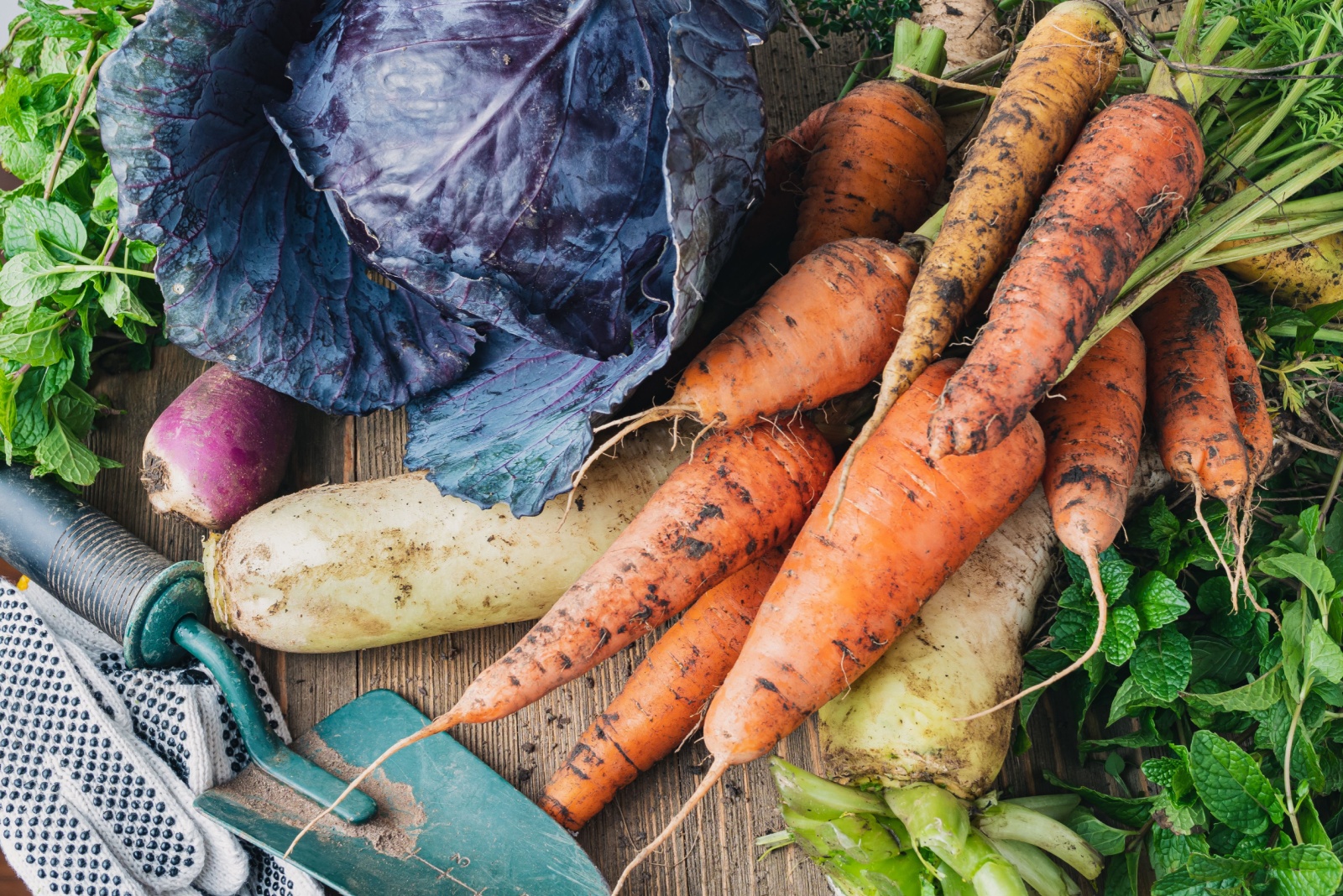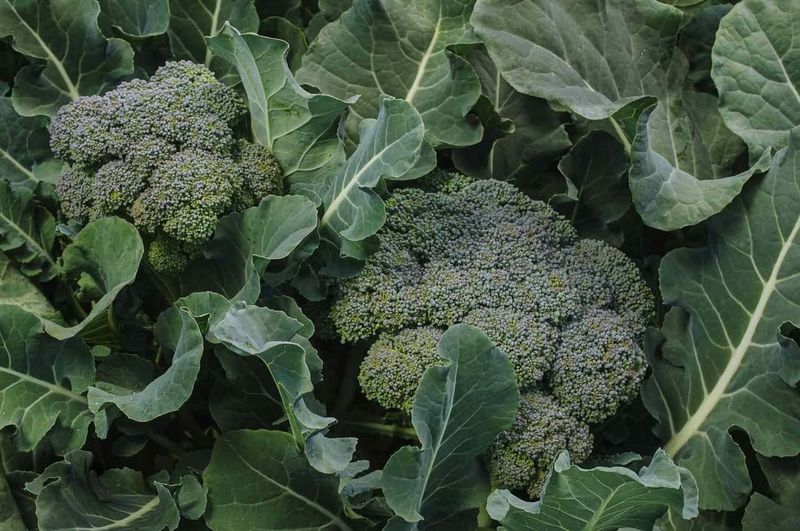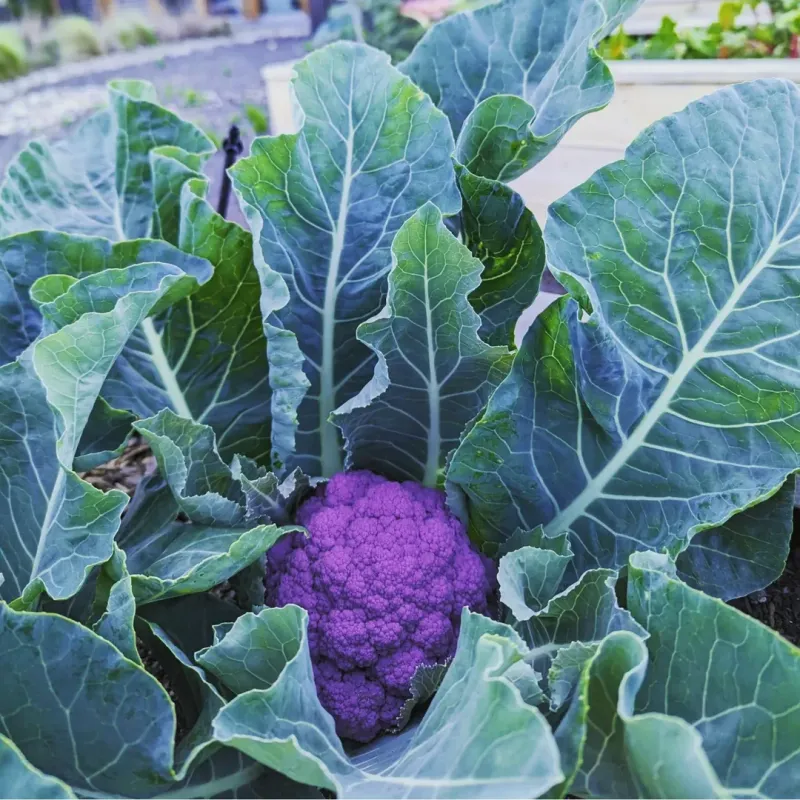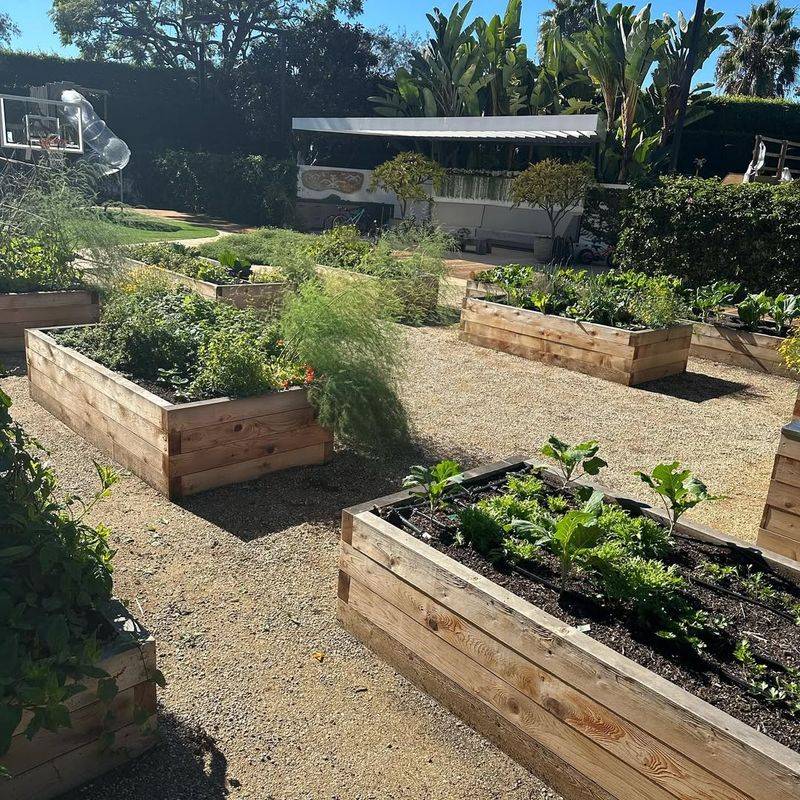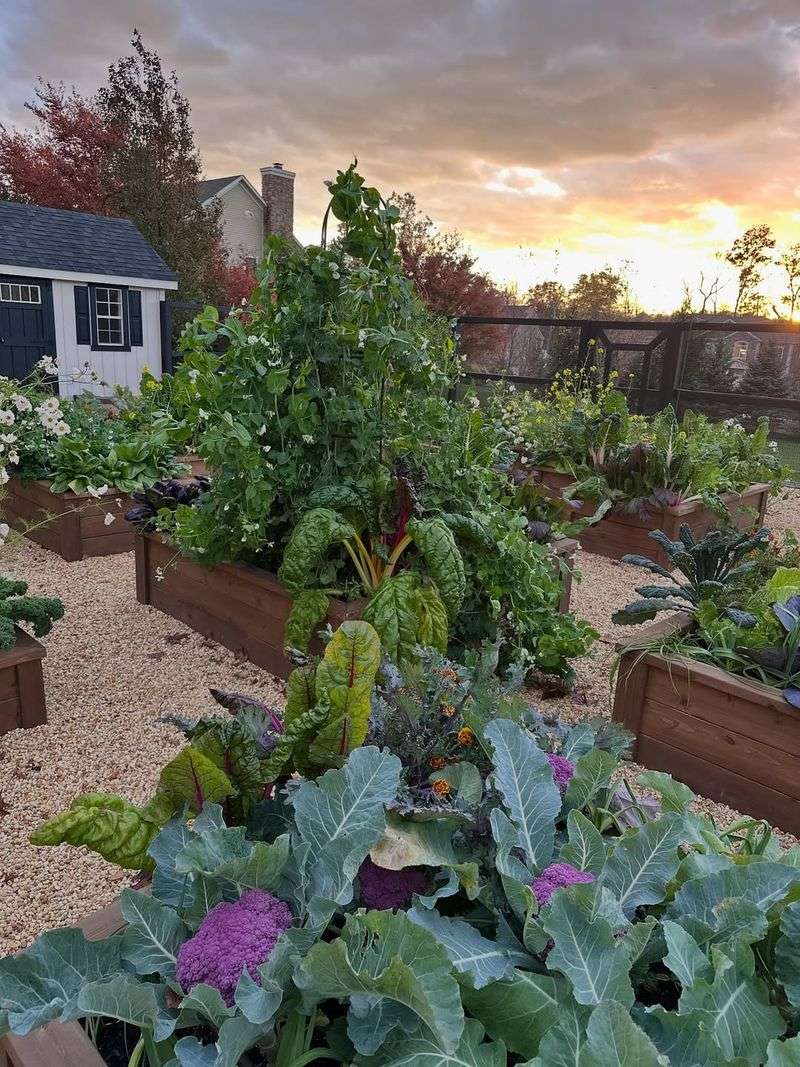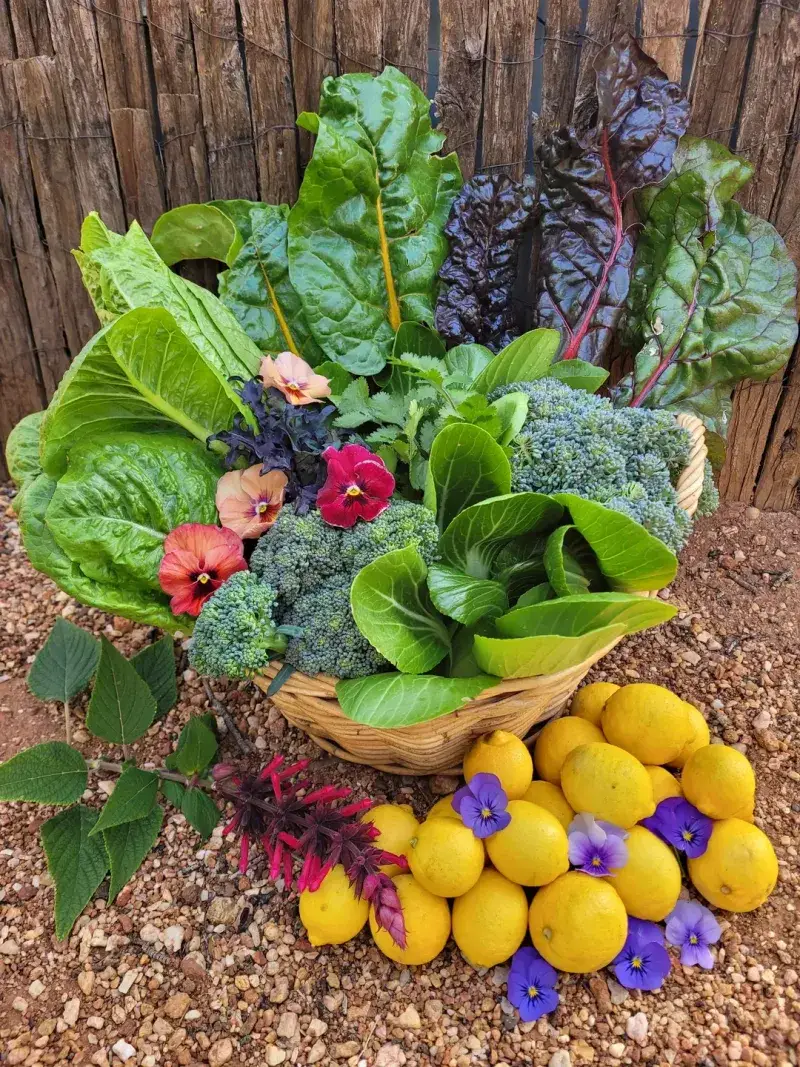Cool weather may be settling into California, but gardeners across the state are just getting warmed up. Early winter is prime time for sowing cool-season veggies, and those who start now give their gardens a serious leg up.
With mild days, crisp nights, and soil that still holds a bit of warmth, these crops take off quickly and set the stage for a strong, steady winter harvest. Planting now means fresh greens and crisp roots long after most gardens have called it quits.
1. Mild Winter Temperatures Create Perfect Growing Conditions
California’s famously gentle winters provide exactly what cool season vegetables crave. While other states deal with freezing temperatures and snow, California gardeners enjoy daytime highs between 50-70 degrees Fahrenheit, which is ideal for leafy greens, broccoli, and root vegetables.
These crops actually struggle in summer heat but flourish when temperatures drop. Your plants can photosynthesize efficiently without the stress of scorching sun or frost damage.
Starting now means your seedlings establish strong roots before winter fully arrives, setting them up for months of steady growth and abundant harvests.
2. Extended Harvest Season Means More Food
Planting cool season crops now creates a continuous supply of fresh vegetables from November straight through April or even May. Unlike summer gardens that peak and fade quickly, winter gardens produce steadily over many months.
Leafy greens can be harvested repeatedly by picking outer leaves while the plant continues growing. Root vegetables store themselves naturally in the ground until you’re ready to use them.
This extended timeline means your family enjoys fresh, homegrown produce during months when grocery store prices typically spike and quality declines.
3. Fewer Pests Mean Healthier Plants
Summer gardens battle armies of aphids, caterpillars, and beetles that munch through leaves faster than you can say harvest. Cool season planting flips the script entirely.
Most destructive garden pests disappear or become inactive when temperatures cool down in fall and winter. Your broccoli, cauliflower, and lettuce can grow without constant pest pressure.
This natural pest reduction means less need for interventions, whether organic or chemical. Your plants develop fuller, healthier leaves, and you spend more time enjoying your garden rather than fighting off invaders every weekend.
4. Water Conservation During Cooler Months
Summer gardening in California demands constant watering as plants gulp moisture under relentless sunshine. Cool season vegetables need significantly less water because lower temperatures reduce evaporation rates dramatically.
Your soil retains moisture longer, and plants transpire less water through their leaves. This natural efficiency saves you money on water bills while supporting California’s ongoing conservation efforts.
Many winter crops like carrots and beets develop better flavor with moderate, consistent moisture rather than frequent heavy watering. You’ll actually grow tastier vegetables while using fewer resources.
5. Better Flavor Development In Cool Weather
Did you know cold weather actually makes vegetables taste sweeter? Many cool season crops respond to chilly temperatures by converting starches into sugars, a natural antifreeze mechanism that protects plant cells.
Kale, Brussels sprouts, and carrots become noticeably sweeter after experiencing light frosts. Even California’s mild cold snaps trigger this amazing transformation.
Lettuce and spinach grown in cool weather develop tender, buttery textures impossible to achieve in summer heat. Your salads will taste restaurant-quality because the plants grew under optimal conditions for flavor development.
6. Lower Disease Pressure Benefits Plant Health
Fungal diseases and bacterial blights thrive in hot, humid conditions that plague summer gardens. Cool, drier fall weather creates an environment where these problems rarely develop.
Powdery mildew, early blight, and root rot become distant memories when you switch to cool season gardening. Your plants maintain vibrant green foliage and strong stems throughout their entire growing cycle.
Starting vegetables now means they mature during months with naturally lower disease pressure, resulting in healthier plants that produce more food with far less intervention from you.
7. Ideal Timing Aligns With California’s Climate Patterns
California’s Mediterranean climate follows predictable patterns that smart gardeners use to their advantage. Fall planting coincides perfectly with the return of occasional rainfall and decreasing temperatures.
Seedlings planted in September through November establish before winter while soil still retains summer warmth. This head start allows roots to develop extensively before the plant focuses energy on leaf and vegetable production.
By understanding and working with these natural cycles rather than against them, you create a garden that practically grows itself with minimal effort and maximum results.
8. Fresh Produce During Winter Grocery Shortages
Winter months bring higher prices and lower quality at grocery stores as produce gets shipped from distant locations. Your backyard garden becomes a valuable resource when supermarket lettuce costs double and tastes like cardboard.
Imagine stepping outside to harvest crisp lettuce, sweet carrots, and tender broccoli whenever you need them. No wilted greens or questionable freshness here.
Growing your own winter vegetables provides food security, saves significant money, and guarantees your family eats the freshest possible produce. That’s a win-win-win situation any gardener can appreciate.
9. Less Maintenance Required Than Summer Gardens
Summer gardens demand daily attention: watering morning and evening, constant weeding, pest patrol, and heat stress management. Cool season gardens operate on a completely different schedule.
Slower growth rates mean less frequent harvesting and weeding. Lower temperatures reduce watering needs to perhaps twice weekly or even less with mulch. Minimal pests mean you can actually relax and enjoy your garden.
For busy families or anyone who wants homegrown food without a second job, winter vegetable gardening offers the perfect solution with maximum reward for minimum effort.
10. Nutrient-Dense Food Supports Winter Wellness
Winter brings cold and flu season, making nutritious food more important than ever for family health. Cool season vegetables pack incredible nutritional punch, especially dark leafy greens loaded with vitamins A, C, and K.
Broccoli, Brussels sprouts, and kale contain powerful antioxidants and immune-supporting compounds. Growing these superfoods yourself ensures maximum freshness and nutrient retention.
When you harvest and eat vegetables within hours, you capture nutrients that deteriorate during transportation and storage. Your California winter garden becomes a pharmacy of natural wellness supporting your family through cold season.

